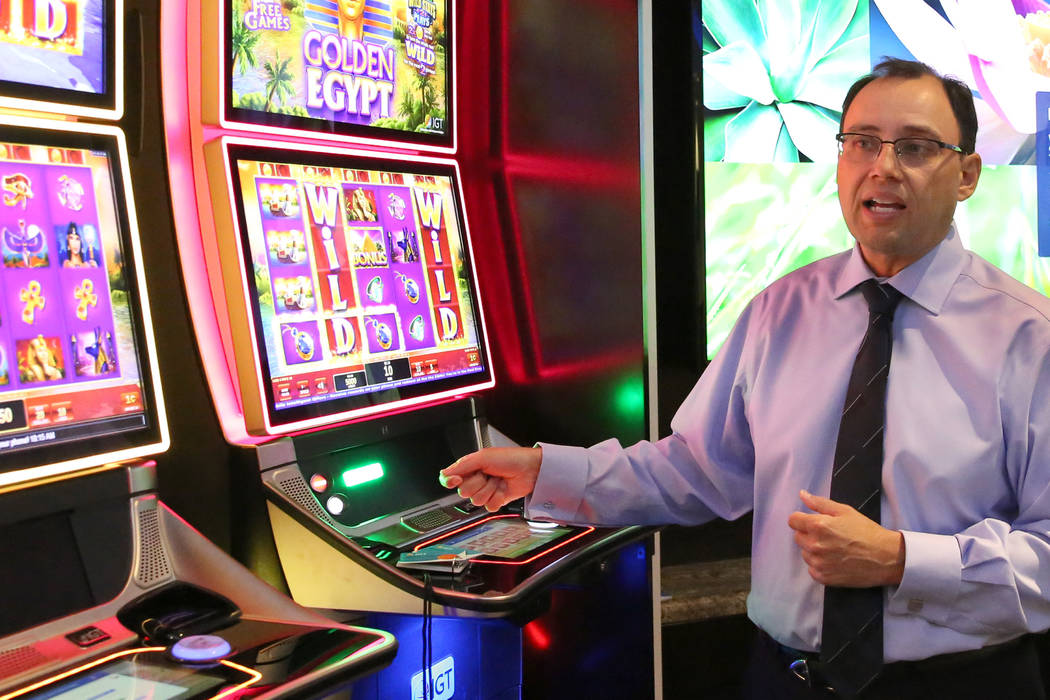
A slot is a narrow opening, as in a machine or container. You can use it to dial a number, for instance. A slot is also a space in a schedule or program where an activity can take place. People often book their own time slots in online calendars.
A slots game is one of the most popular casino games. However, like all gambling, it can be addictive. It is important to understand the risks of playing slots before you begin. This includes knowing that the machines are designed to pay back less money than they receive in bets. This is how casinos make their profits.
The original slot machines had three metal hoops called reels. Each reel had 10 symbols painted on it. When a spin was made, the reels would stop and if three matching symbols came up, coins were dispensed. Today’s slot machines have a much more complicated operation, with electronic reels that can display dozens of different symbols at the same time.
In addition, the odds of a particular symbol appearing on a payline are determined by a par sheet. These sheets provide the house edge and house advantage for each individual game, but are kept secret from players. This can lead to inaccurate judgments by players who are influenced by the appearance of two paying symbols on a payline with a blank space above them.
Slot receivers are smaller and faster than traditional wide receivers and can act as decoys for running plays. They are often called into pre-snap motion by the quarterback, and the offense will try to get the ball snapped just as the receiver is making his way around the backfield.